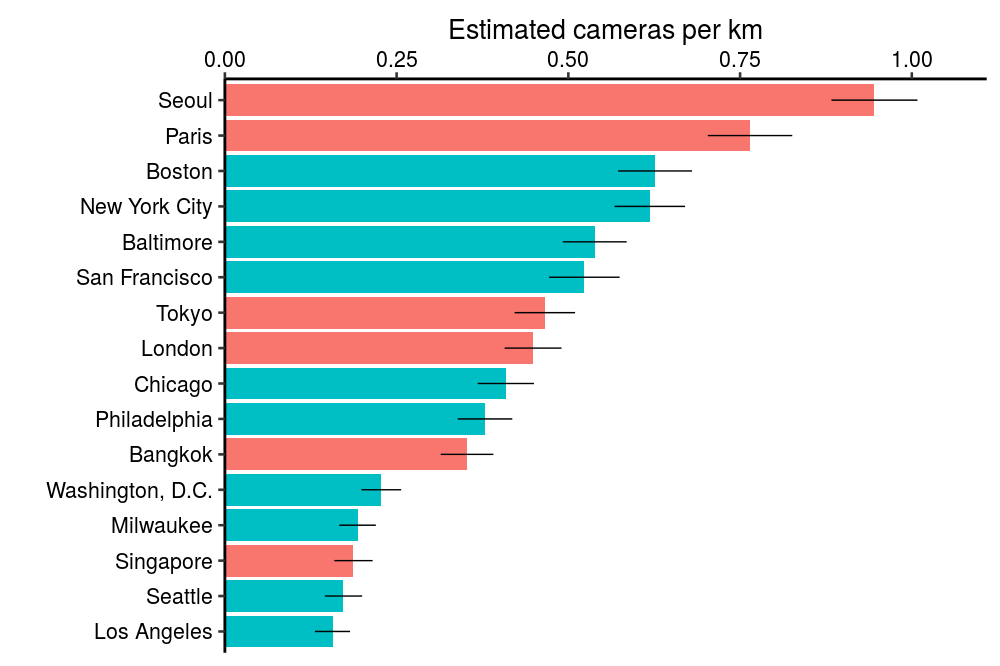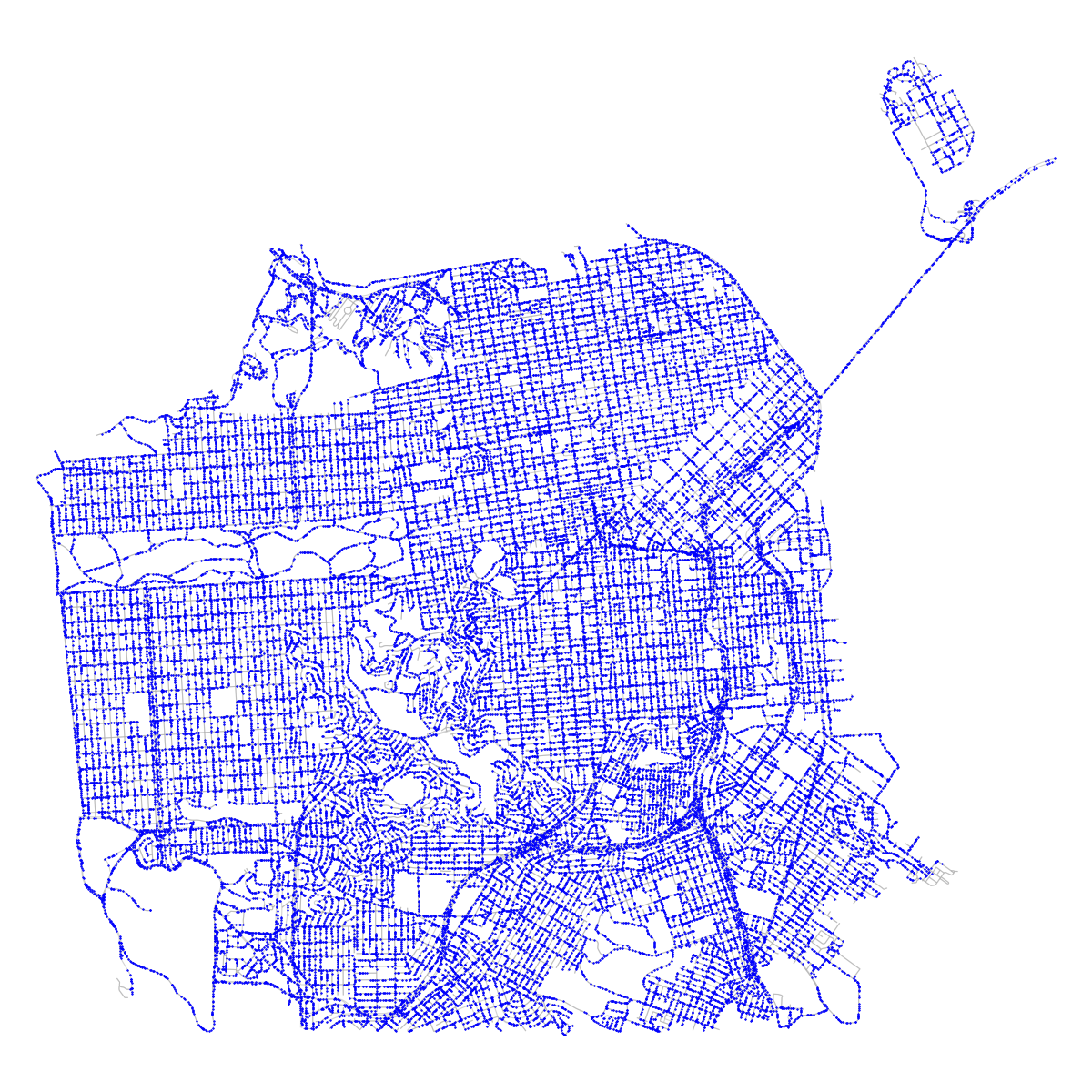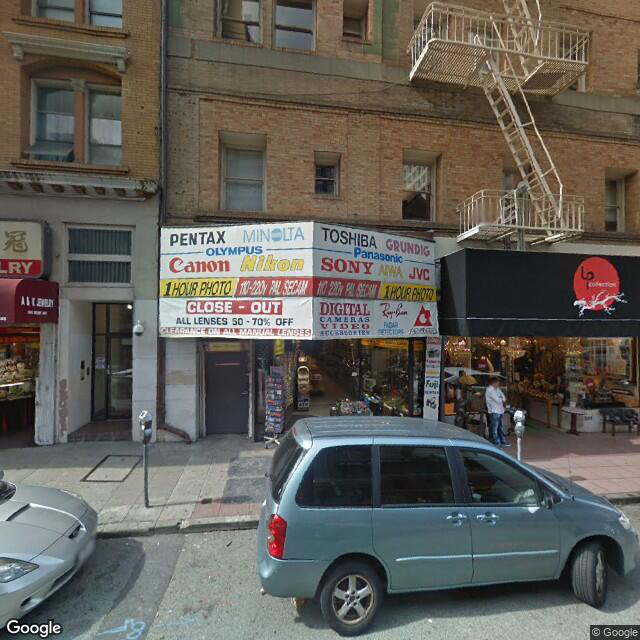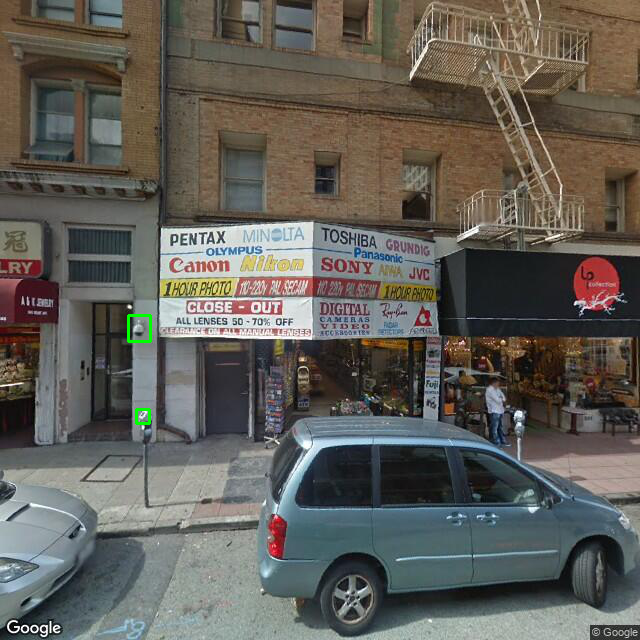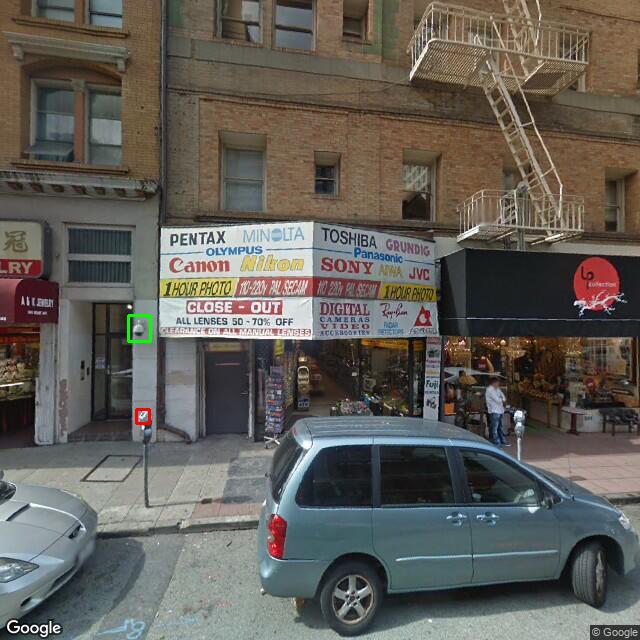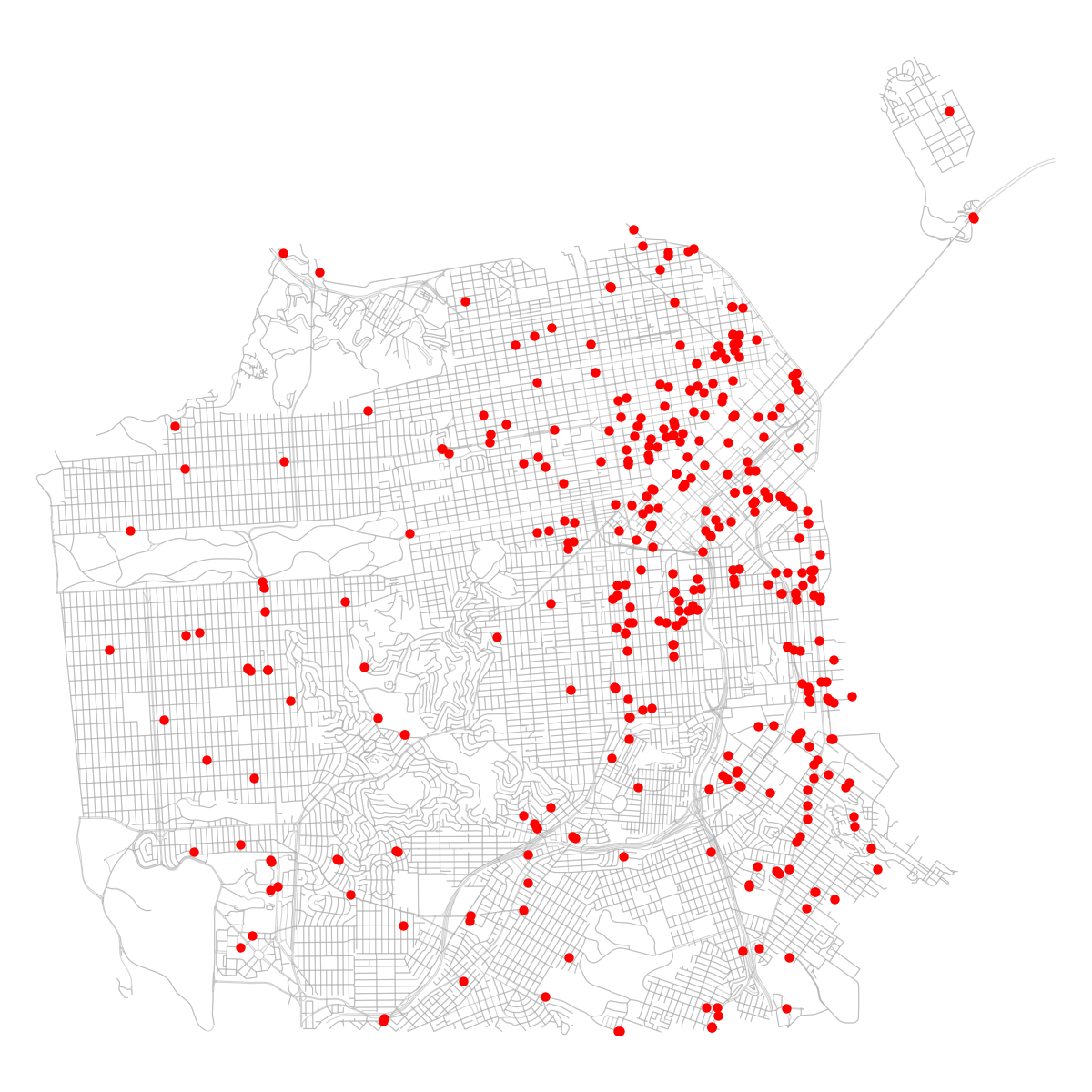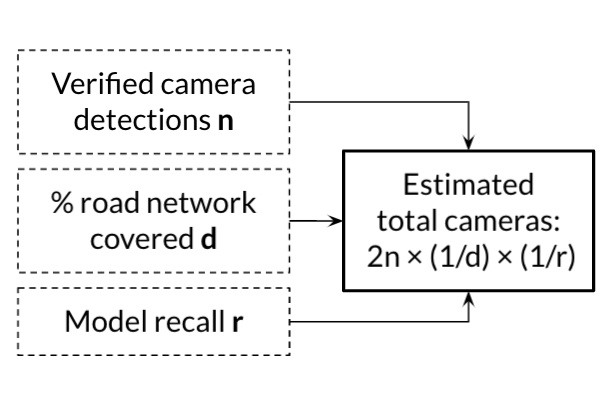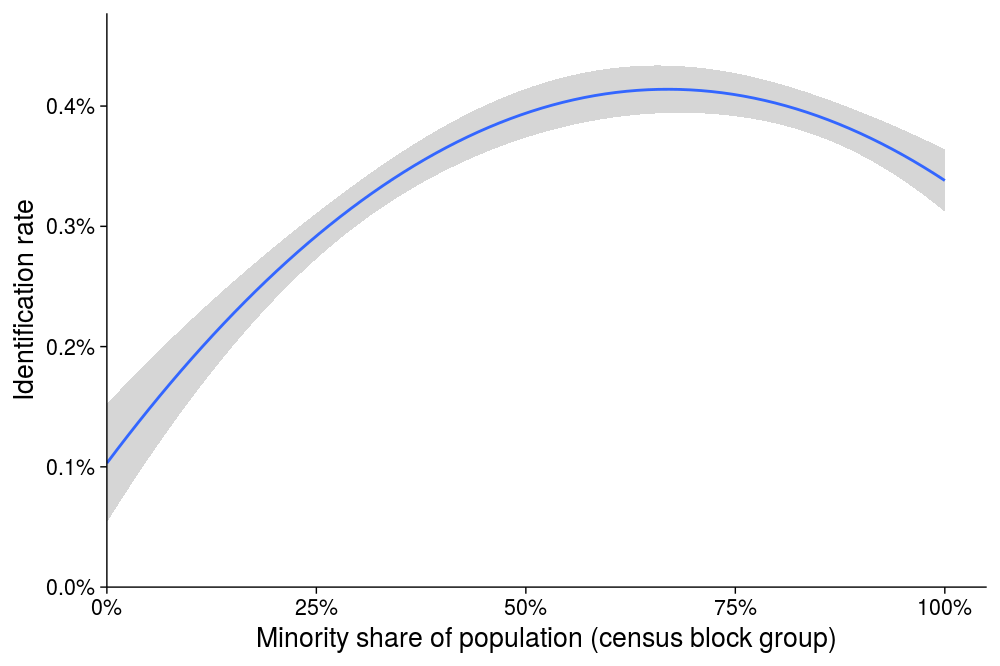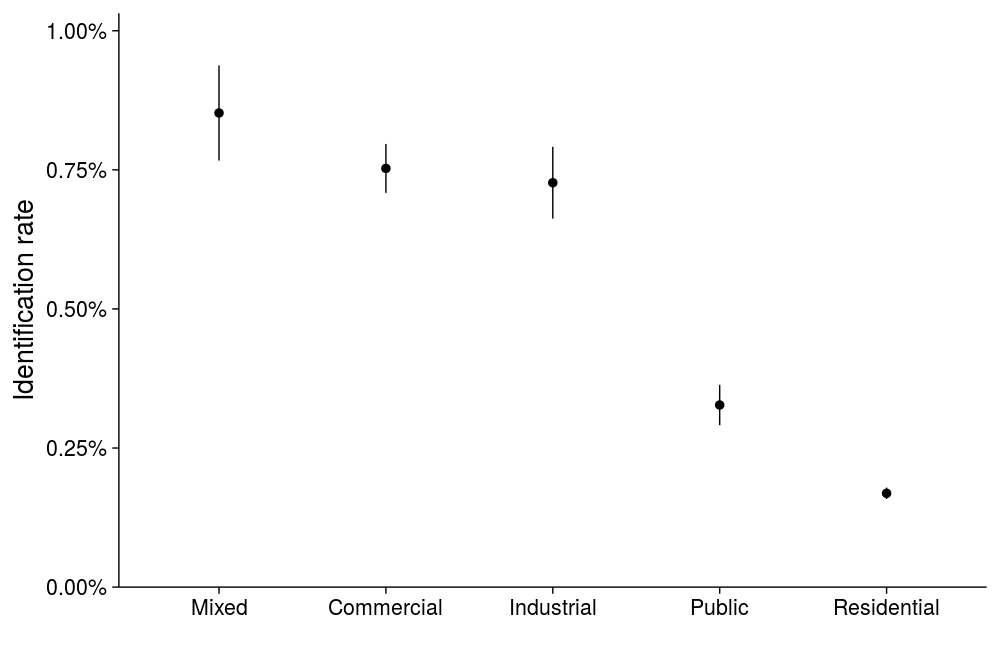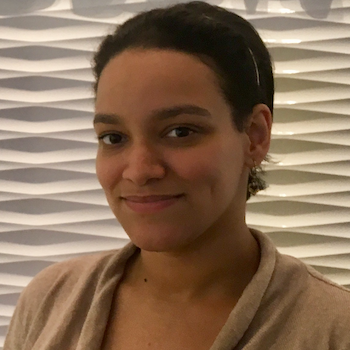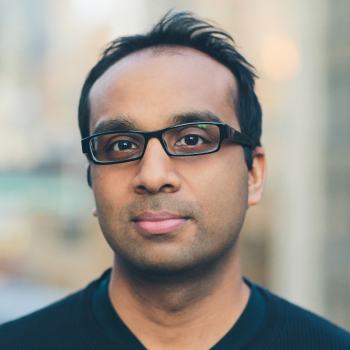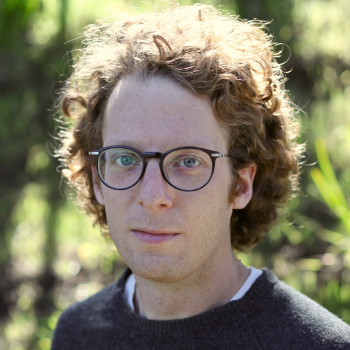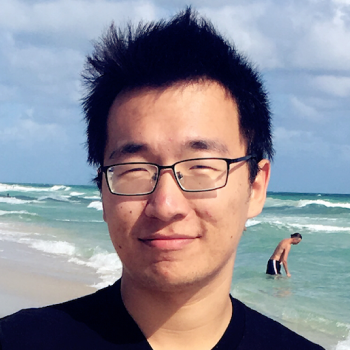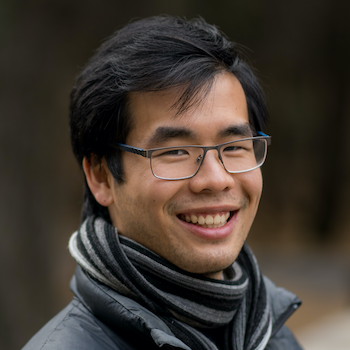There are over 10,000 outdoor surveillance cameras in New York City alone
Surveillance cameras are everywhere. Governments, businesses and homeowners all use cameras to detect and potentially deter crime. But advances in facial recognition, predictive policing, and hacking make cameras an increasing threat on our privacy.
Using computer vision, we analyzed over 1 million images to estimate the number of cameras in 10 large U.S. cities and 6 other major cities around the world. We find large differences in camera density between cities, ranging from 0.2 cameras/km in Los Angeles to 0.9 cameras/km in Seoul.
We also find that cameras are concentrated in commercial and industrial zones, and in communities of color, even after adjusting for zone.
